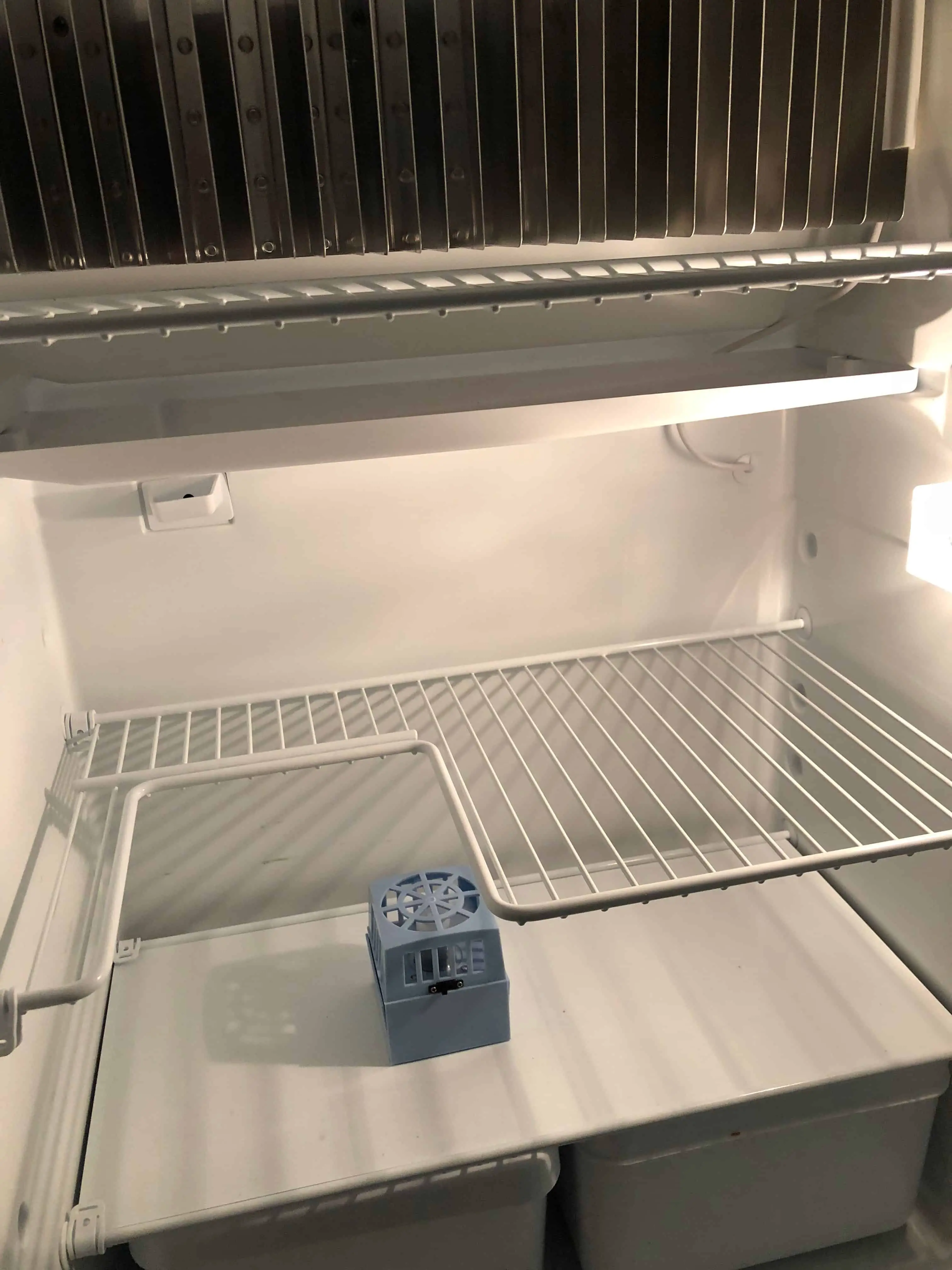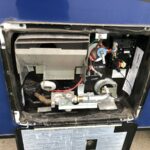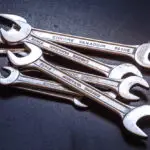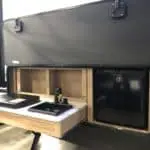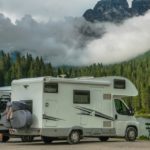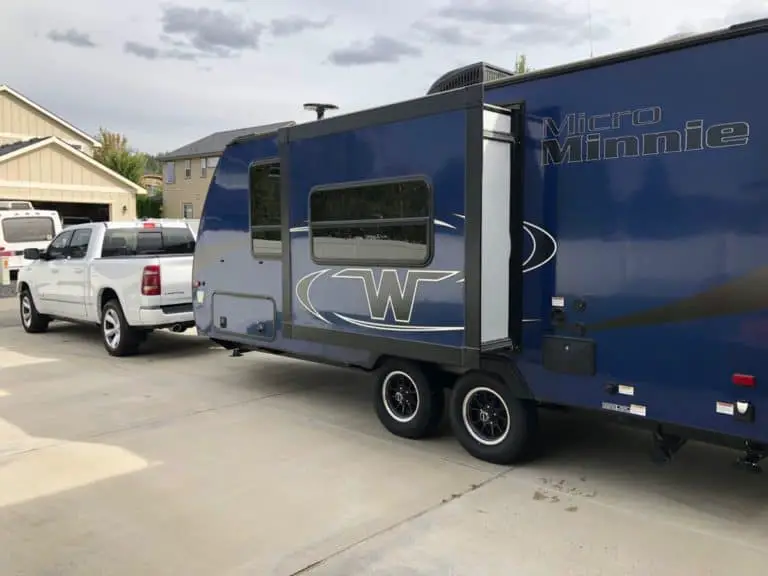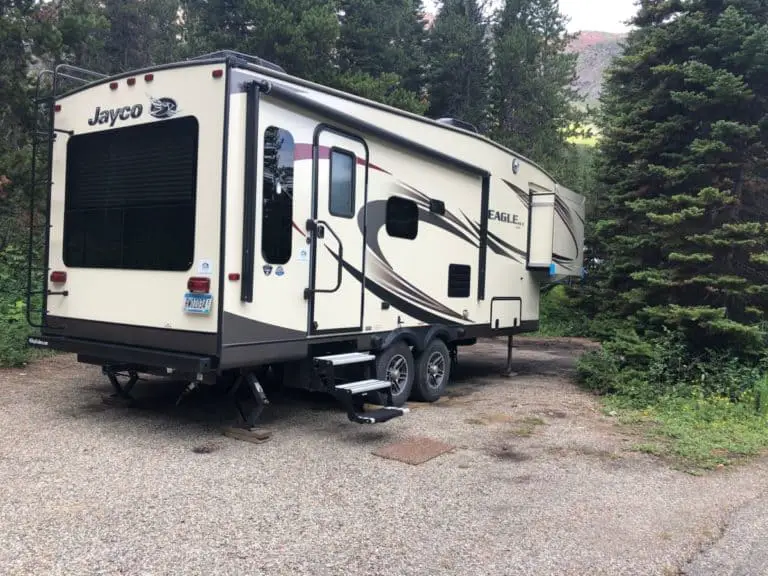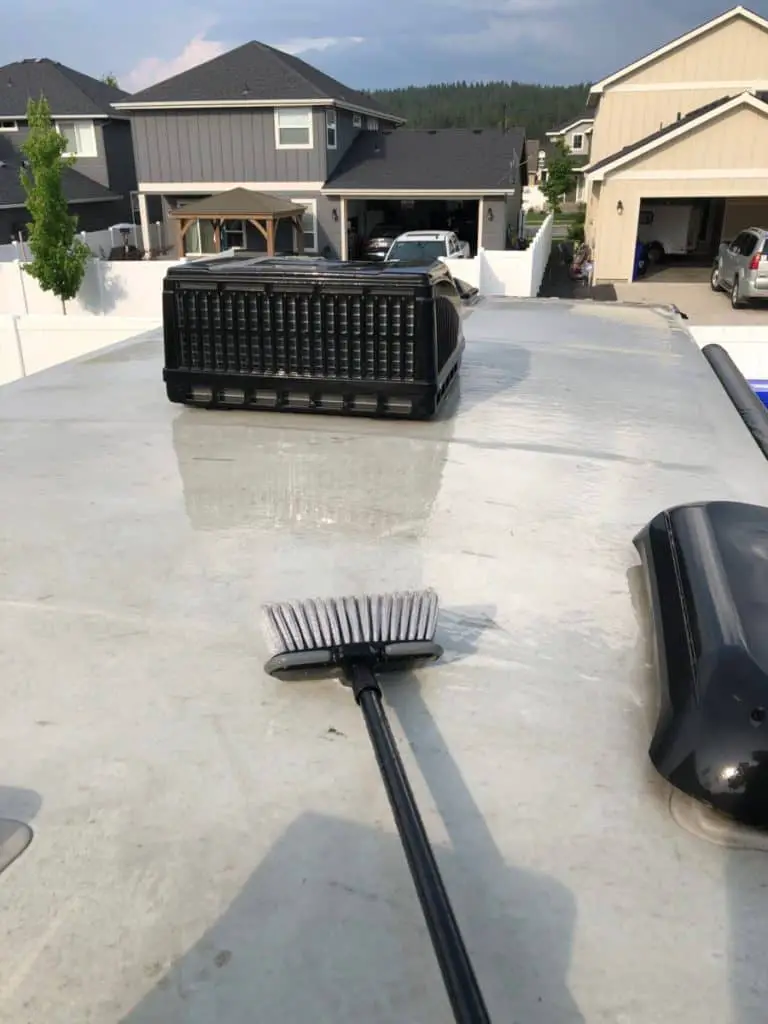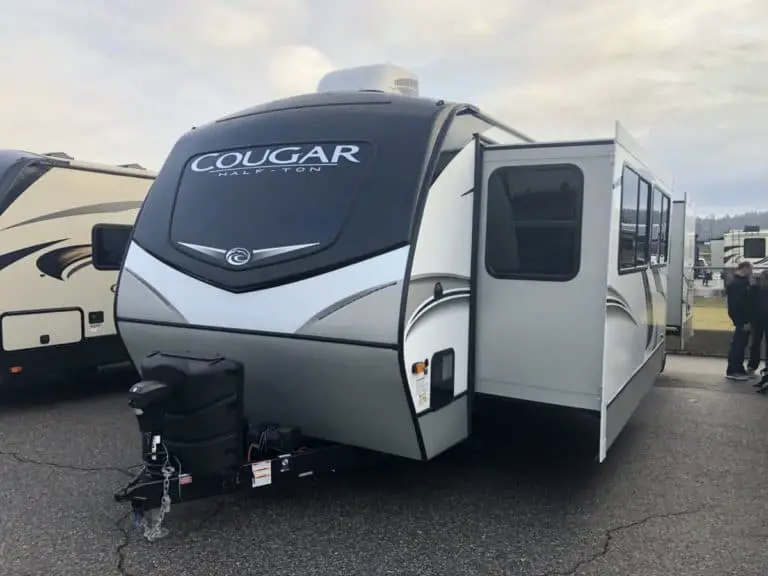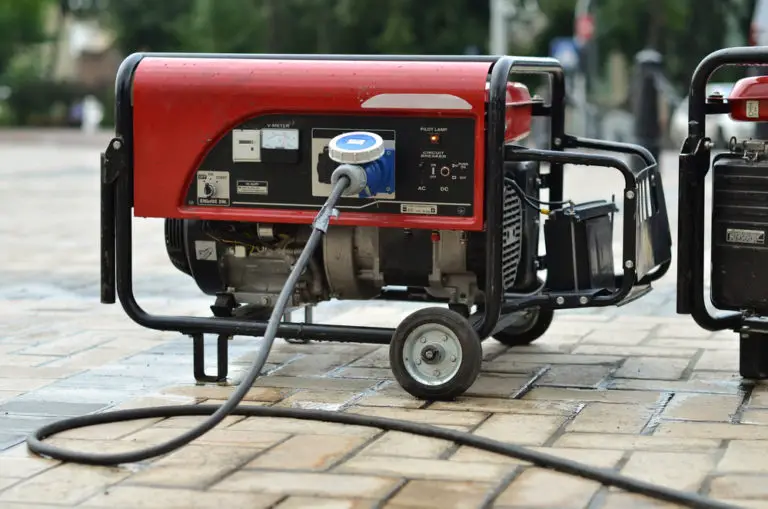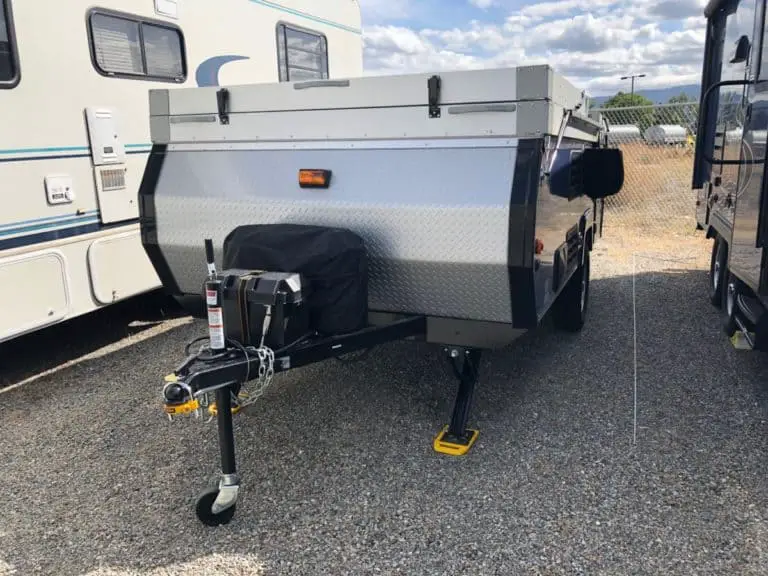9 Reasons Why Your RV Fridge Isn’t Working and How to Fix it
The fridge is one of the most important appliances in an RV, and it keeps your food fresh and drinks cold. However, even the best ones can run into problems, but this is no reason to panic. What are common reasons an RV fridge isn’t working?
Common reasons for an RV fridge not working is insufficient power, propane issues, faulty components, such as the heating element, burner, insulation, and circuit breaker. Extreme heat can cause your fridge not to work, or it can also be as simple as an unleveled position or a need to reset it.
In this article, I’ll walk you through some of the most common culprits if your RV fridge isn’t working. I’ll also discuss the best solutions you might want to try. Let’s get started!
First off before we begin, if you have inconsistent temperatures in your RV fridge or even high temperatures, try this internal refrigerator fan to circulate the air and help lower the temperatures. We have this model and it has helped keep temperatures regulated.
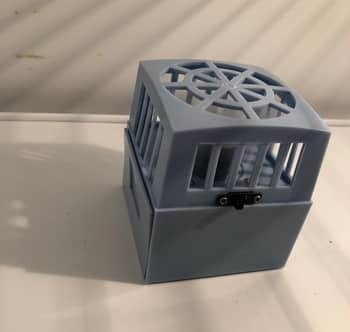
1. Unlevelled Position
The position of an RV’s fridge is crucial for safe and optimal functionality. Positioning the fridge on a leveled surface is essential for it to work correctly.
Most motorhomes will have an absorption refrigerator. These fridge types use gravity for ammonia to flow from the condenser fin to the evaporator coil, and a sloped tube allows the liquefied ammonia to move. If the tube isn’t sloped, cooling will slow down or won’t work.
How To Fix
An easy solution to this problem is to reposition the fridge, ensuring it’s level. You can also adjust the legs if the fridge has such a feature. The position of the RV can also be the culprit. A bubble or spirit level can be handy for checking if the fridge is in the right position.
2. Faulty Circuit Breaker
The circuit breaker protects against overloading, power surges, and short circuits, among other problems. Over time, it can rip or become defective. It will pop if there’s a problem, which will cut the power supply to the fridge.
Some refrigerators may have propane as backup power, which will activate once the breaker cuts the electricity. However, if your fridge uses only electricity, it won’t work when there’s a problem with the circuit breaker.
How To Fix
You can resolve this issue by locating the breaker in your RV and checking if it has popped. Reset the breaker and see if this solves the problem. You might even need to replace the circuit breaker itself. However, this is quite uncommon since they don’t wear out quickly unless you have one that’s extremely old.
If resetting your circuit breaker doesn’t fix the problem then you may have a crossed or faulty wire in your RV you will need to locate and fix.
3. Defective Heating Element
If the fridge works on gas but not electricity, you might have a faulty heating element. The heating element is responsible for generating heat to power the appliance when it is plugged into shore power.
Check the heating element when the breaker doesn’t trip and the fridge isn’t working.
How To Fix
You’ll need a multimeter to confirm a problem with the heating element. The multimeter will tell you if the heating element receives power from the control board. If you determine this is the issue, you’ll need a replacement. It includes electrical work, so it’s best to leave it to the pros if you aren’t confident in your skills.
Are you clueless about diagnosing and replacing an RV fridge’s heating element? Watch the short video below and learn how to do it:
4. Ammonia Buildup
A common industrial chemical, ammonia is a component of refrigerant gas. It can leak in its liquid form, eventually forming sediment that impedes the regular refrigeration cycle. It’s especially common in refrigerators that have been unused for a long time.
A quick sniff test is the best way to confirm this problem. Its cloying smell is noticeable, making it easy to diagnose. A yellowish stain may also appear at the back or inside the fridge. Note that ammonia is highly corrosive and can be a health risk, so avoid direct exposure to such a chemical.
How To Fix
Prevention is better than cure, and this involves avoiding having the fridge inactive for a long time. Another thing that can work is to flip the fridge upside down for the ammonia to travel to its original position. Make sure you do it with someone else. Unfortunately, you’ll probably need to replace the fridge this doesn’t work.
5. Insufficient Electrical Power
If the fridge is running but it doesn’t get cool enough, one of the first things to check is the electrical load. Insufficient electrical power can happen when you have a lot of other appliances in your motorhome that are also running on electricity. The supply may not be enough to meet the demand.
How To Fix
See to it that the electrical supply is enough to meet the power needs of your RV. It can also help to turn off appliances, such as the fan or TV when you don’t need them, so they won’t drain power. Using a portable generator can also help to meet your RV power needs.
6. Faulty Burner
If you have a propane-powered fridge, this is one of the issues to look at. The burner is responsible for generating heat that interacts with water and ammonia. In turn, it allows the fridge to cool. If the burner isn’t working as it should, interior cooling won’t happen.
One of the most common instances where you can have a problem with the burner is when traveling at high altitudes. The drop in oxygen level makes it impossible to produce a flame, and hence, it cannot generate the heat necessary for the fridge to run.
How To Fix
Check if your fridge has adjustments to optimize its functionality even in high altitudes. If the burner isn’t working, use electricity as your main power supply. You might also need to replace the burner itself or its components, especially if it’s an old one.
7. Need To Reset
If the electrical components work properly, the problem could be as simple as resetting the fridge. It isn’t as simple as turning the appliance on and off, and you’ll most likely need to do this manually by accessing and flipping the reset button. If this doesn’t work, then you probably have a more serious issue.
How To Fix
The specific steps for resetting the fridge can vary from model to model. However, in most cases, you can use this step-by-step guide:
- Turn off your RV’s electrical system.
- Locate the reset button in the fridge. Refer to the user manual if you can’t find it.
- Press and hold the reset button for at least ten seconds.
- Release the reset button.
- Turn on the power supply and the fridge to see if the resetting has worked.
8. Issues With Insulation and High Temps Outdoors
Most RV refrigerators aren’t as powerful as their home counterparts. Hence, they can be prone to heat loss especially in the summer. Among others, one problem that can trigger the latter is the lack of proper insulation. The fridge has a rubber vacuum seal around the walls, which can wear out over time.
How To Fix
The best thing to do is to check the vacuum panes and magnetic seal around the fridge door. You can put a piece of paper in the door, close it, and try to pull the paper out. It will be difficult to pull out if the seal is in good condition. However, if it’s easy to pull out, you may have insulation problems, and will need to replace the rubber seal.
A vent mounted fridge fan can help cool your unit in high outdoor heat conditions.
9. Frozen Cooling Unit
While it can happen, a frozen cooling unit is one of the most uncommon reasons an RV fridge isn’t working. This can mostly happen in extremely cold places. Low temperatures can freeze liquids in your motorhome, including the liquid cooling solution essential for refrigeration.
How To Fix
The best thing to do is to monitor the temperature in the fridge, and don’t park your RV somewhere with freezing temperatures. Consider putting it in your garage for long-term storage, especially in the winter. You can also use a space heater to increase the temperature in the RV and prevent a frozen cooling unit.
Be the first to be notified about FREE tips, hints, coupon codes, and email-exclusive information. All for FREE!

